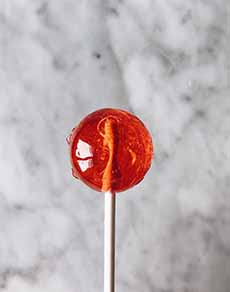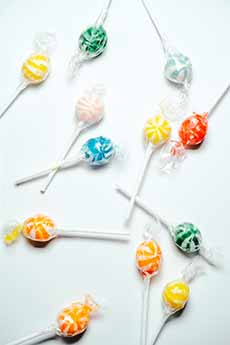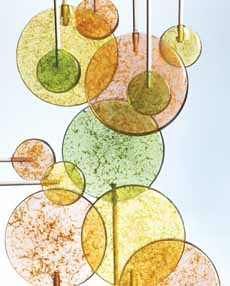FOOD HOLIDAY: The History Of Lollipops For National Lollipop Day
|
|
It’s National Lollipop Day. Read this history of the lollipop as you enjoy one or two.
> Check out the easy-to-make lollipop recipes below. The ancient Arabs, Chinese, and Egyptians made fruit and nut confections candied in honey, which may also have been eaten from sticks, owing to the stickiness of the confection. But what we think of as a lollipop may date to Europe in the Middle Ages when sugar was boiled and formed onto sticks as treats for the wealthy—the only people who could afford sugar. By the 17th century, sugar was plentiful and affordable. In England, boiled sugar (hard candy) treats were popular. The word “lollipop” (originally spelled lollypop) first appears in print in 1784, roughly coinciding with the beginning of the Industrial Revolution. Beginning in the later part of the 18th century, industry, including confectionery, became mechanized. Horehound drops, lemon drops, peppermints, and wintergreen lozenges became everyday candies. While we don’t know the inventor of the modern lollipop, the first automated lollipop machine was invented in Racine, Wisconsin in 1908. The Racine Confectionery Machine Company’s machine put hard candy discs on the end of sticks, producing 2400 lollipops per hour, 57,000 per day (today’s machines can produce 3 million lollipops daily). Far beyond the Tootsie Pop of childhood, today’s lollipops come in all shapes and sizes, from hand-crafted works of sugar art to caffeinated Java Pops and bacon lollipops. Don’t be a sucker: Enjoy a lollipop today! Lollipops don’t have to be sugary or hard. Check out these “lollipops”: CHECK OUT WHAT’S HAPPENING ON OUR HOME PAGE, THENIBBLE.COM. |
|
|
|
||





